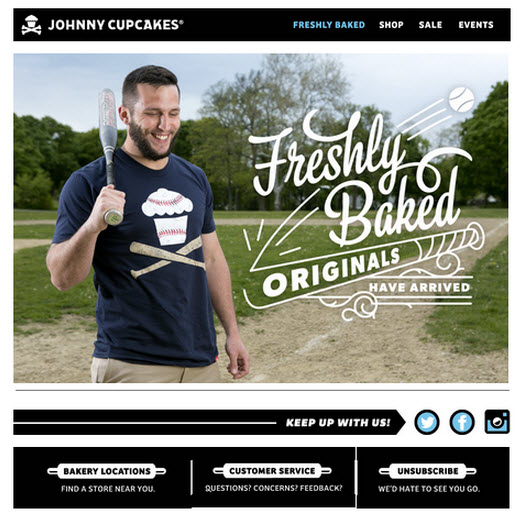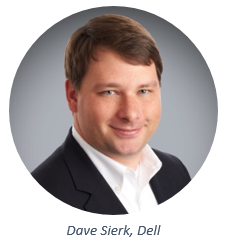Unless you are executing batch-and-blast email campaigns (and I sincerely hope that you aren’t), your email strategy probably involves some level of personalization or at least getting relevant email content to the right person. In order to achieve either of those goals, the starting point is your email subscriber list and having that list segmented so you can pick and choose who in your database receives each email send.
Lists can be segmented many different ways, and obviously the more record fields you have on each person in your list, the easier it is to segment based on criteria such as geographical location, job title, industry and possibly even transaction history.
To provide a few ideas of how your peers are segmenting their lists for email campaigns, here are three examples taken from MarketingSherpa Newsletter case studies. Hopefully you will discover insights that are inspirational or maybe even something you can immediately apply to your own email efforts.
Tip #1. Utilize behavioral data for segmentation
This tip comes from an article titled, “Segmentation: How a small office supply ecommerce site boosted revenue 25% by sending more emails,” covering JAM Paper & Envelope, a New York City-based brick-and-mortar that added ecommerce in 2007. Andrew Jacobs, Director of Ecommerce, JAM Paper, said, “Essentially, we come up with one email a week, or every two weeks, or even a month if we didn’t have time, and we would send it out. We would just cross our fingers and hope for the best,” referring to the company’s initial batch-and-blast approach to email.
JAM Paper’s campaigns included a “lapsed purchase” send to anyone who hadn’t bought anything for 17 months, but the team decided segment beyond just a certain timeframe and began taking individual behavior into account for the campaign.
This meant looking at each customer’s buying behavior. Some bought monthly, or even weekly, while others bought only once a year. The team calculated the average time between orders for each customer and began sending the “lapsed purchase” email once each person passed their individual threshold. This tactic yielded a 45% conversion rate — the highest among all of JAM Paper’s email campaigns.
Tip #2. Mine social media for customer segmentation data
In the case study, “Email Marketing Segmentation: Clothing brand uses social behavioral data to drive a 141% increase in revenue,” Johnny Cupcakes, a mid-sized apparel retailer, linked its customer database to social media engagement of its individual customers, analyzing 19 million public social expressions.
These posts led to insights on data points such as:
- Gender
- Customer interests
- Brand preferences
- Media habits
Gender was seen as the key data point to uncover from the effort and was actually taken directly from social media profiles if that information was available. One of the insights into customer interests was that a lot of Johnny Cupcakes’ customers were sports fans.
The team decided to test these insights by promoting a baseball-themed shirt to the sports fan segment of its list.
Men on the list were sent an email featuring a male model and a shirt cut for men:

Read more…












